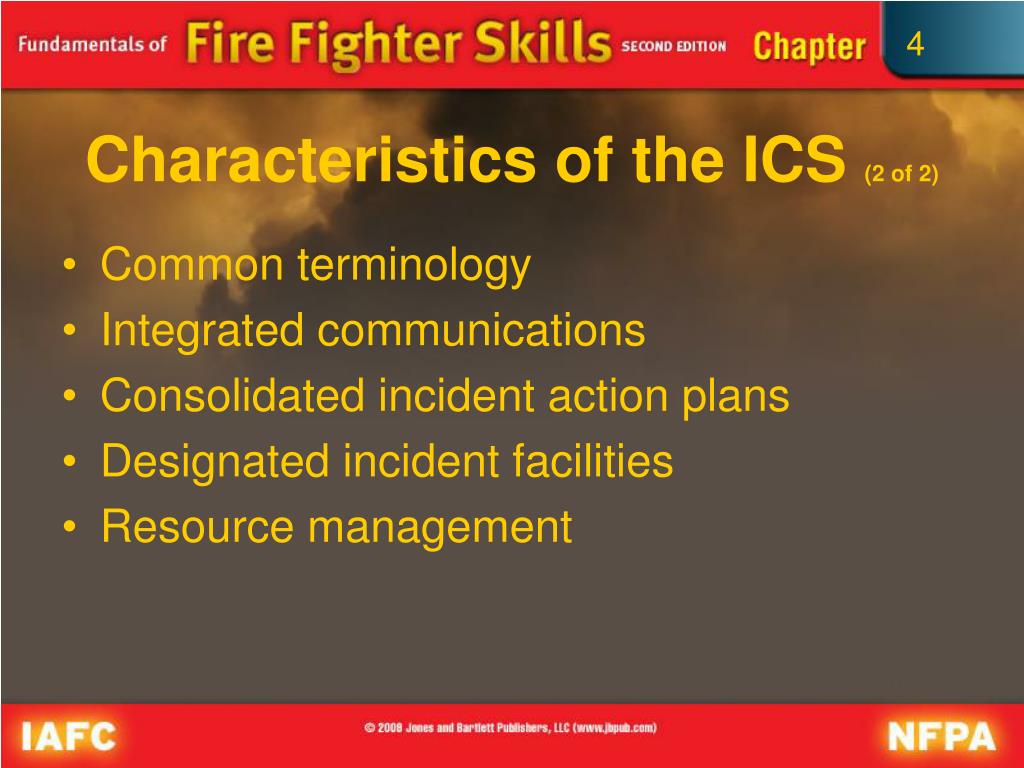
It bore some resemblance to the military system, but not so much that it could be directly linked. LFO had been developed after World War II by returning soldiers who applied their military command experiences to wildfire management. Let us help to support your incident command and accountability programs with high-quality tools.Ĭontact us at American Trademark today to place your order or find out how our products can benefit you.The ICS system we use today was derived in part by leveraging some parts from the previous fire management system called LFO (Large Fire Organization). Respond to floods, fire scenes or crime scenes effectively. Time Tested Tools For Emergency Scene Safety Document Information As The Scene Changes In One Place.Know Where Your People Are Even If They Can’t Communicate.These tools benefit today’s first responders in a variety of ways. ICS & Accountability Products For Today’s Emergency ScenesĪt America Trademark, we carry a wide range of incident command and accountability product that supports communication, coordination, and personnel safety across departments nationwide. ICS became a cornerstone of the National Incident Management System (NIMS) in 2004. The September 11th attack of 2001, further prompted the need for an incident command system that could flex as needed to manage and coordinate a wide range of departments and incidents. This system was designed to track firefighters and discourage firefighter freelancing or making decisions about tasks without direction from the chain of command. In 1990, the Seattle City (WA) Fire Department also developed a system of firefighter accountability called PASSPORT. Keeping Firefighters Safe Through Accountability

In the 1990s the Coast Guard began to adopt ICS. Non-fire agencies began to explore the use and effectiveness of ICS in their own situations. The 1980’s & 1990’s – All Risk, All HazardĪlthough ICS was already meant for all types of emergencies as of the mid-70s, it wasn’t until 1983 that the Federal Emergency Management Agency (FEMA) started encouraging its use. By 1976, the system was moved from a fire-centric system to an all-risk, all-hazard system in design. The results of FIRESCOPE were the beginning framework for today’s incident command systems or ICS. This joint force was called Firefighting Resources of California Organized for Potential Emergencies or FIRESCOPE. Many departments joined forces to design a system that would work and be easily repeatable for managing wildfires.


Fire Command In The 1940s & 50sĪfter World War II, the Large Fire Organization (LFO), was developed by returning military veterans. This worked fine for isolated fires that did not spread and were under the direction of one department. The Early 1900’s – In Military ModeĪs described in documents dating back to 1916, early fire leadership operated in a military-style chain of command.

By examining the 100-year history of real progress in how we track fires, firefighters, and other emergency personnel on all types of scenes, we can see the difference that modern tools, like those from American Trademark, can make. Incident command and firefighter safety have come a long way since Benjamin Franklin’s 1736 bucket brigades.


 0 kommentar(er)
0 kommentar(er)
